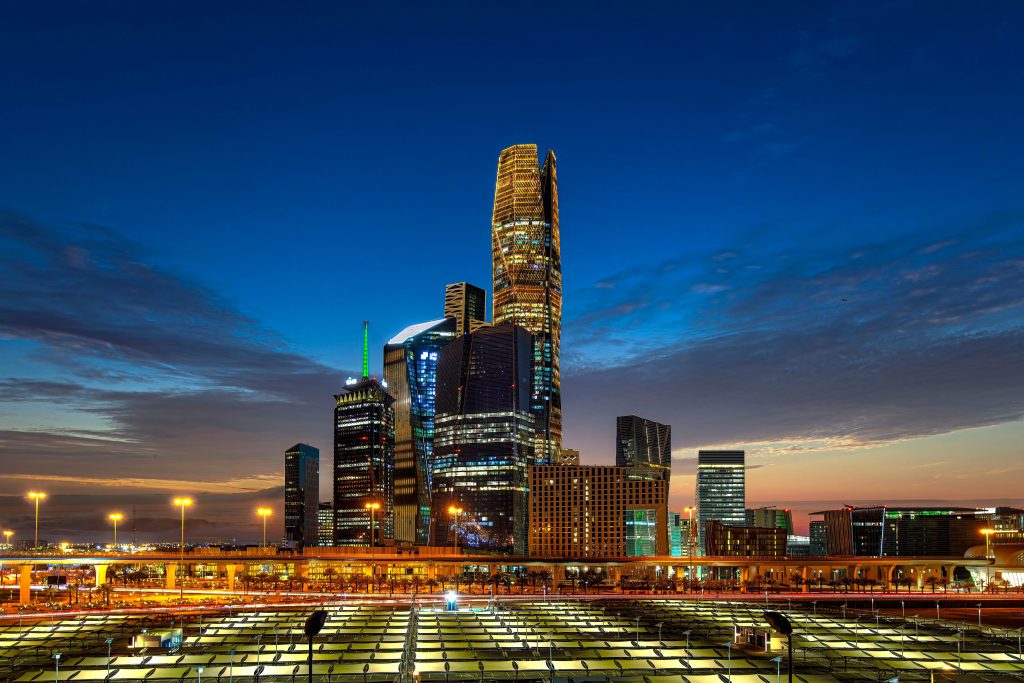Saudi Arabia is on the brink of a transformative investment journey, with plans to channel $1 trillion into a capex surge, of which 73% is allocated towards bolstering the kingdom’s non-oil sectors by the year 2030, as per insights from Goldman Sachs.
The financial institution also sheds light on an anticipated annual shortfall of $25 billion required for the country’s capital expenditure ventures, turning attention to alternative funding mechanisms to mitigate liquidity issues.
Faisal AlAzmeh, the lead for CEEMEA equity research at Goldman Sachs, notes a strategic pivot in Saudi Arabia’s investment strategy, with current estimates surpassing previous predictions which saw non-oil investments at 66%.
Investments in the oil industry are expected to decrease by $40 billion from 2024 to 2028, as per the report’s projections.
Natural gas is anticipated to continue playing a pivotal role in Saudi Arabia’s goals for decarbonization, economic advancement, and diversification. However, the potential investment in the upstream oil and gas segment is now projected to be between $190 billion and $220 billion, a notable reduction from earlier figures.
Saudi’s Green Trajectory
In the arena of clean energy, which leads the capex forecast among six strategic sectors, a substantial $235 billion is expected to be injected, marking a significant rise from the previous $148 billion estimate. This upsurge is largely due to the kingdom’s ambitious plans to amplify its renewable capacity targets for 2030.
Recent strides in renewable energy have been swift, with Goldman Sachs pinpointing approximately 11 GW of solar photovoltaic installations underway and an additional 16.7GW of solar and wind capacity in the planning phase as of June 2024. Saudi Arabia has also increased its solar energy ambitions for 2030, now aiming for 100-130 GW.
Other pivotal sectors such as metals and minerals, transportation and logistics, and digitalization are also receiving significant backing, with a collective $400 billion earmarked for their expansion, thus facilitating the kingdom’s economic shift away from oil dependence.
Fiscal Pressures
Goldman Sachs Research anticipates that, with oil prices hovering between $80 and $85 and a decrease in production to 9 million barrels per day, Saudi Arabia’s budget deficit could widen to 4.3% of GDP this year, a jump from last year’s 2%. This deficit is attributed to raised spending and diminished oil revenues.
The influence of the expanding deficit on the investment tempo remains uncertain, but the capex super-cycle is projected to be a consistent theme in the kingdom’s future landscape, as foreseen by analysts.
In efforts to support its Vision 2030 initiatives, Saudi Arabia has increased its debt offerings, amassing over $35 billion in bonds and sukuk in the first half of the year, representing a substantial portion of the GCC sovereign issuance total.
The kingdom’s banking system data from May 2024 indicates a mismatch with loan growth outstripping deposits, emphasizing the need for diversified funding avenues to address the estimated $25 billion yearly funding gap for its capex projects. This includes deepening equity capital markets to alleviate pressure on the banking sector.
S&P Global suggests that banks may liquidate parts of their investment portfolios as an alternative funding solution, albeit at the cost of reduced balance sheet liquidity. Additionally, the issuance of external debt by Saudi banks is expected to continue as a capital markets strategy for the next few years.
